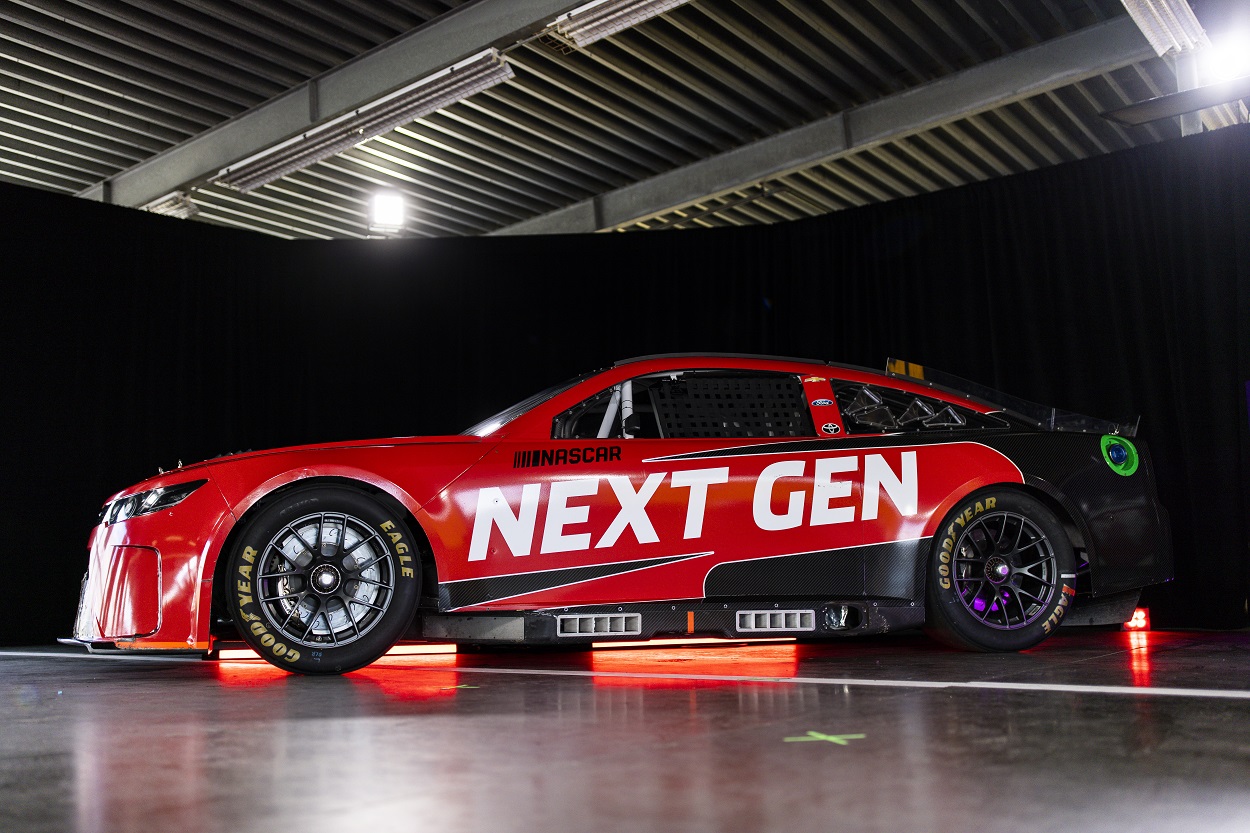NASCAR
Next Gen Car Performance at Short Tracks Could Spell Trouble for NASCAR Playoffs

The NASCAR Cup Series Next Gen car model has accomplished almost every goal the sanctioning body wanted in the early stages of its debut season. Still, Sunday’s race at Richmond Raceway may have shown again where the new car falls short.
Richmond is currently one of the three tracks shorter than one mile in length on the Cup Series schedule, but it has struggled to live up to the expectations fans have for races at the short tracks where the foundation of the sport was built.
Short tracks are a vital part of the NASCAR schedule
The short tracks of Richmond, Martinsville Speedway, and Bristol Motor Speedway have combined to host close to 400 Cup Series races, and fans have generally loved the close-quarters racing that often includes contact between cars and flared tempers from drivers.
Richmond, in particular, was a showcase track for the sport when it became the site of the final regular-season race of the season in 2004 as NASCAR introduced the “Chase” points system to decide the Cup Series champion. The track held that spot along with a spring race until NASCAR reshuffled its schedule in 2019 and moved the Richmond race into the playoffs.
Unfortunately, the quality of racing at the facility once known as “The Action Track” dropped to a point at which NASCAR moved the fall race for 2022 three spots before the end of the regular season.
Richmond used to regularly produce races with 10 or more cautions and 20 or more lead changes. Those are stats consistent with most short-track races, but Richmond has had only one race with more than 10 cautions since 2013 and has had at least 20 lead changes in five of 17 races in that span.
Granted, cautions aren’t a perfect indication of good racing, and lead-change stats can be inflated by cycles of green-flag pit stops. However, Sunday’s race was more of the same spread-out, single-file racing Richmond races have featured in recent years.
Denny Hamlin won a race Sunday filled with strategy calls and a close finish between himself and Kevin Harvick, but the race had only three cautions for incidents, and the first of those was simply that Kurt Busch’s No. 45 car stopped on the track because of a fuel-pickup problem.
Richmond and Phoenix events may foreshadow late-season races

Richmond and Phoenix are similar in terms of their layout, and the first Next Gen race at both tracks has been much the same.
Richmond is a flat, 0.75-mile oval, and Phoenix is a 1.0-mile oval with similar banking that is not classified as a short track but typically produces similar racing. Four drivers led more than 60 of the 400 laps Sunday at Richmond, and the race last month in Phoenix had three drivers lead 50 or more of its 312 laps.
What both tracks mean for the rest of the 2022 schedule could have NASCAR officials concerned. Richmond is the first true short track to feature a Next Gen race. The preseason exhibition race at the Los Angeles Memorial Coliseum was too unique to provide any insights, but NASCAR heads right back to a short track this coming weekend at Martinsville Speedway.
If the racing is lackluster at Martinsville, NASCAR might have to look at adjustments it can make to the cars for short and flat tracks.
The following week’s race at Bristol is irrelevant because the spring race is now run on dirt, but the fall race at Bristol is in the playoffs and one of the most anticipated races on the schedule. Martinsville is the penultimate race of the season where the Championship 4 are determined, and Phoenix hosts the championship race the following week.
Lack of horsepower could be the problem at short tracks
Part of the issue at tracks such as Phoenix and Richmond could be the reduced horsepower Cup Series cars have at those tracks this year compared to 2021.
NASCAR used different engine setups based on track size and layout in 2020 and 2021, but the sanctioning body returned to a universal horsepower package for tracks that don’t have superspeedway-style races.
Cup Series cars had 750-horsepower engines at short tracks and 550-horsepower engines at intermediate tracks the past two seasons, but NASCAR moved to 670 horsepower this year for all non-superspeedway races.
The increased horsepower and altered aerodynamics package have helped the racing at intermediate tracks, but so far, it may have hurt the racing at short tracks.
Maybe teams just need more time to learn what type of setup works best for the Next Gen car at short tracks. If not, NASCAR officials might need to find some tweaks they can make before the sport reaches its most critical events at the end of the year.
All stats courtesy of Racing Reference
RELATED: Championship-Winning Crew Chief Reveals Why Wheels Are Coming off NASCAR Next Gen Cars











